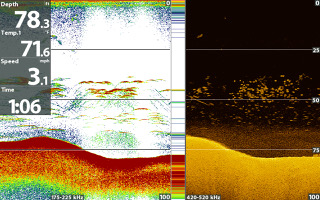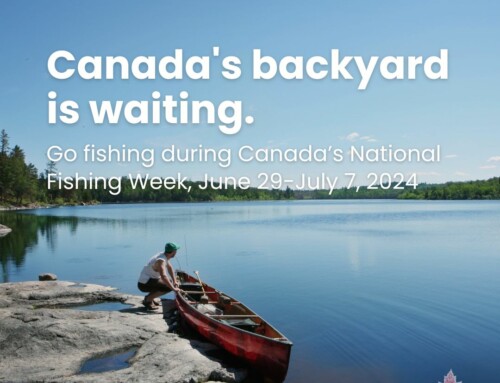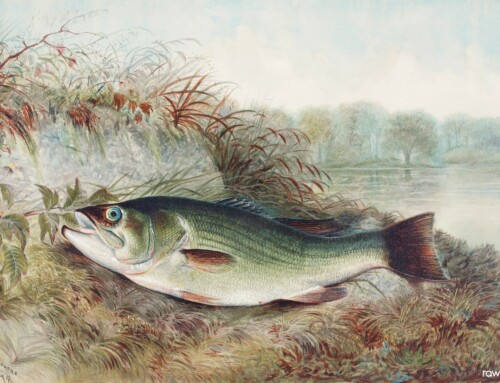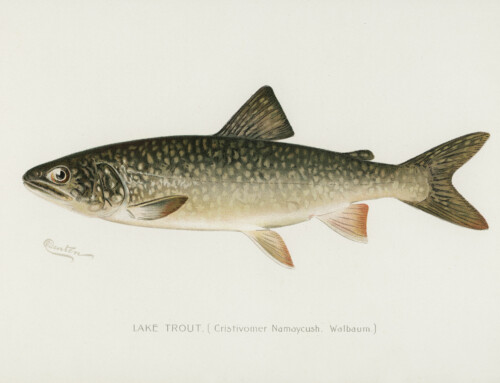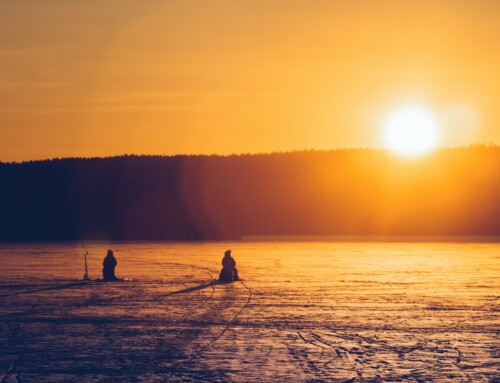Originally published by Outdoor Canada, August 29, 2018
By Gord Pyzer
“You are what you eat,” which explains why many—heck most—of the very best walleye fisheries in North America have silvery, soft-rayed ciscoes as the principle forage. Ciscoes are typically what fattens up and nourishes walleyes to become the magnificent creatures we marvel at catching.
Indeed, ciscoes, also known as tulibees and herring, are so vital to the health and vibrancy of so many world class walleye fisheries, that good friend Jeff Matity, who heads up Saskatchewan’s Fort Qu’Appelle Fish Hatchery recently spent time working up their caloric benefits to walleye. He also did the same for every other species that devours ciscoes, including lake trout, smallmouth bass and northern pike. What Matity discovered is that every pound of ciscoe swimming in a lake represents the same caloric energy as a McDonald’s Double Quarter Pounder with cheese.
Think about it: as a primary prey species in many waters, ciscoes are often the most plentiful fish in the lake, so every one of the hundreds of thousands, even millions of ciscoes is a swimming double cheeseburger.
But there is much more to the story, and that’s the fact that ciscoes are a cool water pelagic forage fish that spend their lives roaming the metalimnion (or thermocline) that sets up in lakes that are deep enough to stratify. This thin narrow band of cool water exhibits the steepest drop in temperature, often plummeting as much as one degree per foot of depth change, and separates the cold deep hypolimnion from the warm shallow epilimnion. The relationship is so important that many fish managers and biologists refer to the thermocline as simply the ciscoe layer.
Because ciscoes represent such an enormous store of energy, as soon as walleyes are large enough to feed on them, greenbacks spend much of their lives dipping down daily, foraging on ciscoes for breakfast, lunch and dinner. This is especially so for female walleyes, which grow the largest. By living in close proximity to the ciscoes, in the same cool deep water refugias, the female walleyes can slow down their metabolism and devote more of the energy they consume to growing larger in order to produce more eggs.
Talk about a win-win scenario.
But as good friend, former OMNR colleague and world renown walleye scientist, Dr. Peter Colby has been warning for years, we’re losing ciscoe populations at an alarming rate. It’s especially dramatic in some of the most legendary walleye waters at the southern edge of the ciscoe’s range, in places like southern Ontario, Wisconsin and Minnesota. And with the inexorable loss, we’re losing the ability to grow and catch walleye.
What is happening, of course, is that our waters are warming up much earlier and faster in the spring, staying warm much longer into the fall and reaching levels hotter and deeper in the summer than ever before recorded.
TO VIEW THE REST OF THIS ARTICLE AND LEARN MORE ABOUT THE DISAPPEARING CISCOE HURTING WALLEYE POPULATIONS, VISIT outdoorcanada.ca.
Would you like your fishing-related news featured on keepcanadafishing.com? Email us at info@catchfishing.com.
Keep Canada Fishing is the national voice of Canada’s anglers, and we lead the effort to preserve your right to sustainably fish on our lakes, oceans, rivers and streams. By informing anglers of current and potential issues and threats affecting recreational fishing and access to public waters, our goal is to motivate anglers to take action on matters of importance to the future of fishing and conservation. We’re also your voice on Parliament Hill. If you would like to contribute to our efforts to “Keep Canada Fishing,” you can donate now via PayPal.

